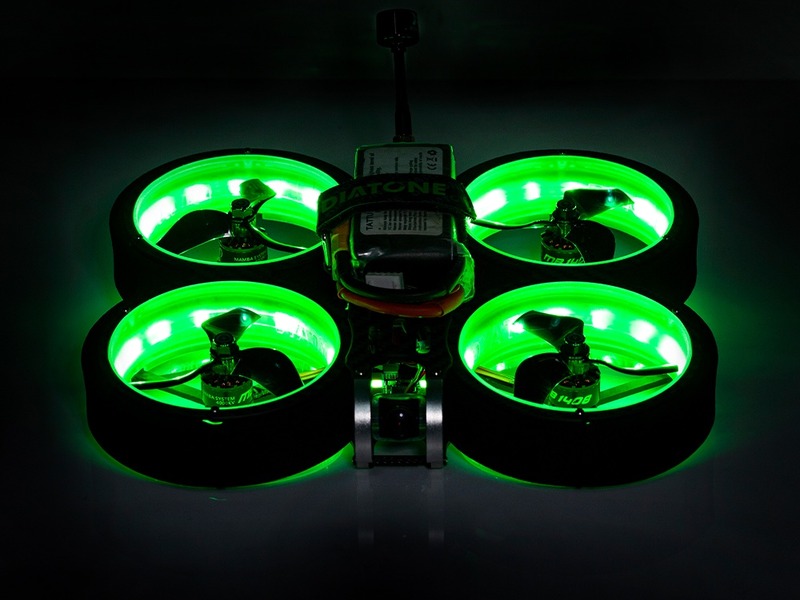How do drones know where to go?

Drones, also known as Unmanned Aerial Vehicles (UAVs), are becoming increasingly popular in many industries, such as agriculture, photography, and surveying. With advancements in technology, drones are becoming more reliable and easier to use, allowing for greater flexibility and autonomy. One of the key components of these drones is their navigation system, which allows them to fly and navigate autonomously.
To understand how drones know where to go, it is important to understand what a navigation system is, and how it works. A navigation system consists of sensors and software that are used to detect the environment and to calculate the drone’s position. The navigation system uses Global Positioning System (GPS) satellites to help determine the drone’s current location. This information is then used to generate a flight plan based on the drone’s current position and its destination.
The navigation system also uses sensors such as cameras and ultrasonic sensors to detect obstacles in the environment. This information is then used to avoid any obstacles while in flight. Additionally, the navigation system can use a process called “dead reckoning” to calculate the drone’s position based on its speed and direction. This process is useful because it allows the drone to continue its flight even if it loses GPS signal.
In addition to the navigation system, drones typically also have an onboard computer system that runs the drone’s software. This software is used to store and process information related to the drone’s mission, such as flight plans and mission parameters. The software will also use this information to calculate the drone’s position and to make corrections in the flight plan when needed.
Finally, in order for a drone to know where to go, it must be programmed with a destination. This destination can be set either manually or automatically, depending on the type of drone. For example, some drones are programmed with a flight plan that will take them to predetermined waypoints, while others can be programmed with a specific destination point.
In conclusion, drones know where to go through a combination of navigation systems, onboard computers, and programming. The navigation system uses GPS satellites to locate the drone’s position and to generate a flight plan. The onboard computer system stores and processes mission-related information, and the software uses this information to make corrections in the flight plan when needed. Additionally, the drone must be programmed with a destination before it can begin its mission.
Comments / Question
2. Keep the drone in sight at all times.
3. Fly at a safe altitude and distance from people, animals, and buildings.
4. Avoid flying near airports, helipads, and other restricted areas.
5. Avoid flying in bad weather conditions.
6. Make sure the drone is in good condition and properly calibrated.
7. Ensure the drone has a reliable GPS signal, and use GPS assisted navigation when available.
8. Be aware of other aircraft in the area and maintain a respectful distance.
9. Make sure the battery is fully charged before flying.
10. Do not fly the drone over crowded areas or over people.

